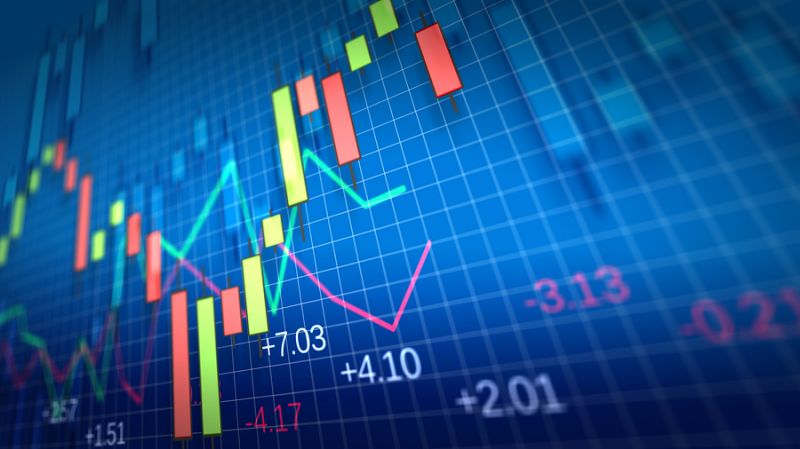Investing in the stock and Forex markets may have the common misconception that it is a ploy to make money easily with the right amount of capital. Hard truth is that not many day traders end up successful in their ventures.
This would explain a popular option among day traders called Trend Trading.
So, what is Trend Trading?
Simply put, it’s basically investing along with a trend; a pattern, if you will. While it isn’t 100% accurate, it is a surefire method to increase your chances of success in the long run. To further clarify, when following trend trading systems, we specifically mean that it is the method of observing price values represented as patterns on an analytical chart and later basing your buy/sell decisions based on its future direction.

Trend Trading Tools and Strategies
Before getting into the tools along with the fancy jargons of Forex trend trading strategies, it is important to know what makes trend trading.
Moving Averages
Moving averages are tracked to find lows. These are determined by the price level’s lowest point everyday over a few weeks or months.
Moving Average Convergence/Divergence (MACD)
Another good indicator for spotting trends is the Moving Average Convergence/Divergence (MACD) which helps by sending signals to the traders over whether to buy or sell based on two moving averages, hence the name.
Relative Strength Index (RSI)
The RSI provides a zero-to-hundred rating with the upper ratings that signify the stock is experiencing a robust upswing. If the RSI gets well higher than fifty, however, it mights mean the value is being overbought and is due to dip in the relative future. Adversely, a lower RSI would possibly signify the value is oversold and would mean an uptrend is underway.
On-Balance Volume (OBV)
The OBV is used to measure trading volume and verify trends through pin-pointing positive and negative swings in prices.
Tips to remember before Trend Trading
If you are the type of trader who only wants to invest in a few assets and exchange them every once in a while in a profiteering manner, then trend trading is the way to go as it is much less riskier than day trading.
Before even buying, it is critical to have a plan of action. This would include what kind of tools and indicators to use, what type of Forex trend trading strategies should be employed, how much of the asset should you invest in, and when would be the best time to sell it, etc.
It’s very beneficial to set your own standards and rules to follow when trend line trading to avoid making decisions based on emotions.
Before trend trading, it is also highly advisable to research the brokerage firm and make sure that they have the proper certification and reputation before signing up for their services and trading platform.
Bottom Line
When trading along with the trend, you base your buy and sell choices that you think is best suited for the price levels. This would certainly give you direction when making trades and greatly reduces the chance of “betting emotionally” by adding a layer of technicality to it.